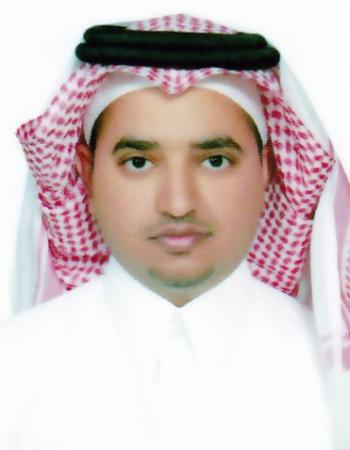course material
Airway Management
Course
Airway
Evaluation and Management
- Indications of intubation
- Resuscitation (CPR)
- Prevention of lung soiling
- Positive pressure ventilation (GA)
- Pulmonary toilet
- Patent airway (coma or near coma)
- Respiratory failure(CO2 retention )
- Requirement of successful intbatin
- 1-Normal roomy mandible
- 2-Normal T-M, A-O , and C-spine
- Requirements of successful intubation
3-Alignment of 3 axes or
Assuming sniffing position
-Any anomaly in these 3 joints
A-O, T-M or C-spine can result
In difficult intubation - Requirement of successful intubation
Proper equipment
-Bag and mask,oxygen source
-Airways oro and nasopharyngeal
-Laryngosopes different blades
-ETT different sizes
-suction on - Airway gadgets
- Management
I-History:
previous history of difficulty is the best predictor
Inquire about:-Nature of difficulty
-No of trials
-Ability to ventilate bet trials
-Maneuver used
-Complications
II-Snoring and sleep apnea( prdictors of DMV) - Examination
-Look for any obvious anomaly
- Morbid obesity(BMI)
- Skull
- Face
- Jaw
- Mouth,teeth
- Neck
- Examination
I-The 3 joints movements
- A-O joint(15-20 degrees)
Presence of a gap bet the
Occiput and C1 is essential
- The cervical spine(range>90)
- T.M joint:-interdental gap(3 fingers)
- -subluxation (1 finger)
- Examination
II-Measurements of the mandible
-Thyro-mental distance (head extended)
Normally 6.5 cm
Less than 6 cm=expect difficulty - Tests to predict difficulty
Mallampatti test:
Based on the hypothesis
That when the base of the
Tongue is disproportionally
Large it will overshadow the
larynx
-Simple easy test,correlates with what is seen during laryngoscopy or Cormack-Lehene grades ,but
1-moderate sensitivity and specificity(12% false +ve)
2-Inter observer variation
3-Phonation increases false negative view - II-Wilson test
-Consists of 5 easily assessed factors
- Body wight(n=0 ,>90=1,>110=2)
- Head and neck movement
- Jaw movement
- Receding jaw
- Buck teeth
Each factor assigned as o ,1 ,2 max is 10
- Difficult airway
- Expected from history,examination
Secure airway while awake under LA - < >Airway gadgets
- Needle cricothyroidotomy
- Confirm tube position
- Direct visualization of ETT between cords
- Bronchoscopy ;carina seen
- Continuous trace of capnography
- 3 point auscultation
- Esophageal detector device
- Other as bilateral chest movement,mist in the tube,CXR
- Rapid sequence induction
- < >Technique:
-Preoxygenation
-IV induction with sux
-Cricoid pressure
-Intubate, inflate the cuff ,confirm position
-Release cricoid and fix the tube - Complications of intubation
1-Inadequate ventilation
2-Esophageal intubation
3-Airway obstruction
4-Bronchospasm
5-Aspiration
6- Trauma
7-Stress response - Recommendations
- Adequate airway assessment to pick up expected D.A to be secured awake
- Difficult intubation cart always ready
- Pre oxygenation as a routine
- Maintenance of oxygenation not the intubation should be your aim
- Use the technique you are familiar with
- Always have plan B,C,D in unexpected D.A

